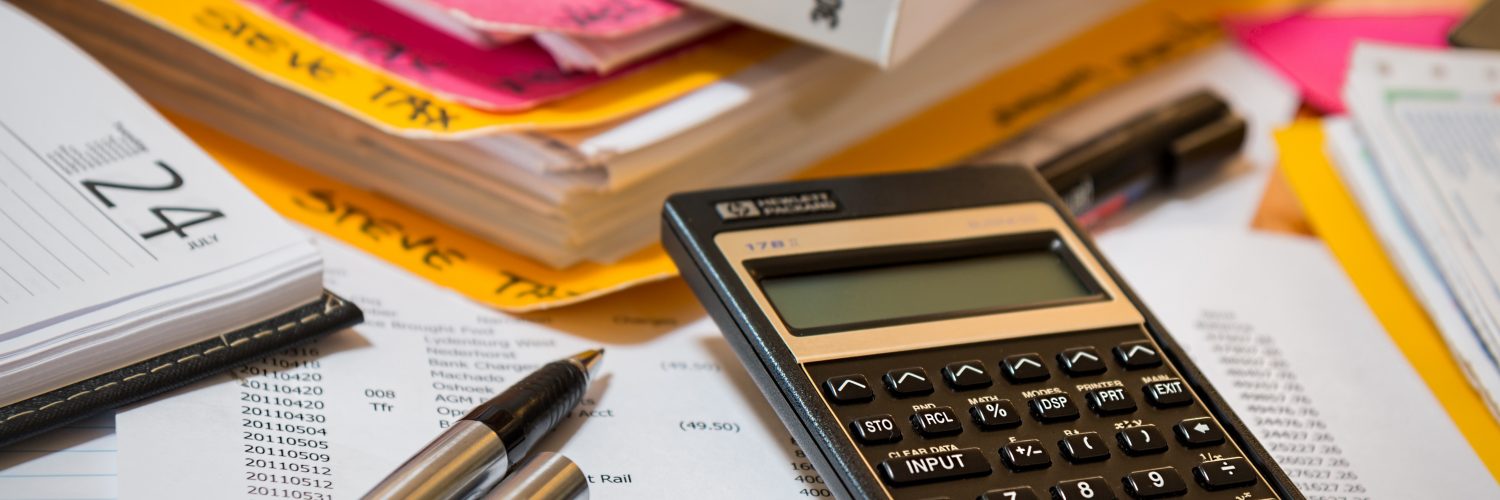If a ballot measure that seeks to increase taxes on certain taxpayers and small businesses is adopted by voters in November, it would vault Arizona onto a top-10 list of states with the highest tax rates in the country.
But it’s a big if. A superior court judge has ordered the initiative, known as Invest in Ed, not to appear on the fall ballot due to organizers’ failure to properly describe the principal provisions of the measure on the petition that voters signed to send the question to the ballot.
The initiative organizers have appealed the decision to the state Supreme Court.
A 77.7% jump
If the high court overturns the lower court decision, voters will be asked whether to increase the state’s top tax rate, currently 4.5%, to 8.0%, a 77.7% jump.
The 8.0% rate would slot Arizona between Wisconsin and New York according to analysis done by Intuit TurboTax. Of Arizona’s neighbors, only California would have a higher top income tax rate.
A report published by the Tax Foundation, a nonpartisan organization focused on analyzing economic policy and its impacts on real outcomes, shows that higher taxes on income have been historically linked to lower economic growth, decreased investment, and less job growth.
Arizona’s economic competitiveness and robust jobs market has grown stronger with time. The state has vaulted ahead in the past decade to the top of lists ranging from “The 10 Best States for Business” to “Top 10 States for Job Growth”.
The Invest in Ed initiative could put this momentum at risk, opposition groups argue.
Garrick Taylor, spokesman for the Arizona Chamber of Commerce and Industry, said that, “This will put downward pressure on economic growth and make investing in schools and teacher salaries more difficult going forward.”
“Crushes Arizona’s reputation”
In a statement submitted for the election year publicity pamphlet published by the Secretary of State’s Office, Arizona Tax Research Association President Kevin McCarthy says Arizona’s tax rates stack up well regionally and nationally.
“Our rates are low enough to be both regionally and nationally competitive, encouraging economic growth in Arizona as well as attracting new residents and businesses,” McCarthy said. “Upturning this effective system with an 80% increase to the top marginal rate permanently changes Arizona’s framework from ‘low cost, high growth’ to ‘high tax, steer clear.’ In one shot, it crushes Arizona’s reputation as friendly to small business. It signals to businesses everywhere that Arizona has an unreliable tax climate and is not suitable for investment.”
Economic growth vs. out-migration
National publications have taken notice of Arizona’s increased competitiveness nationally.
The American Legislative Exchange Council in the 2019 edition of its “Rich States, Poor States” report said tax reforms included as part of the state’s conformity to the federal Tax Cuts and Jobs Act “lightened the income tax burden for nearly every filer.”
“Arizona made the right decision to make federal tax conformity a net tax cut for income earners,” the report says.
The ALEC report finds that states that adopt smart tax and regulatory policies are more likely to achieve economic growth, while comparatively high-tax states are more likely to experience out-migration of capital and residents.
“Those with lower taxes, reasonable regulatory burdens and sensible budgeting demonstrate a record of opportunity growth that continues to attract new residents.”
Education funding
Since the turn of the century, there has been bipartisan support for increasing education quality and per-pupil spending.
Proposition 301, an initiative approved by voters in 2000, increased the state sales tax by six-tenth of one percent, with revenues directed to education. The governor and Legislature in 2018 extended Proposition 301 for an additional 20 years.
Proposition 123, which voters passed in 2016, increased by $3.5 billion allocations from the State Land Trust to be spent on education.
Following the passage of Proposition 123, Gov. Doug Ducey and the state Legislature expanded teacher salaries and per-pupil spending in 2018, 2019, and 2020. The “20×2020” plain raised teacher salaries across the state by an average 20%, also investing in resources such as:
- School Infrastructure
- Textbooks
- Modernizing Curriculum
- Updating Technology
- School Buses
















Add comment